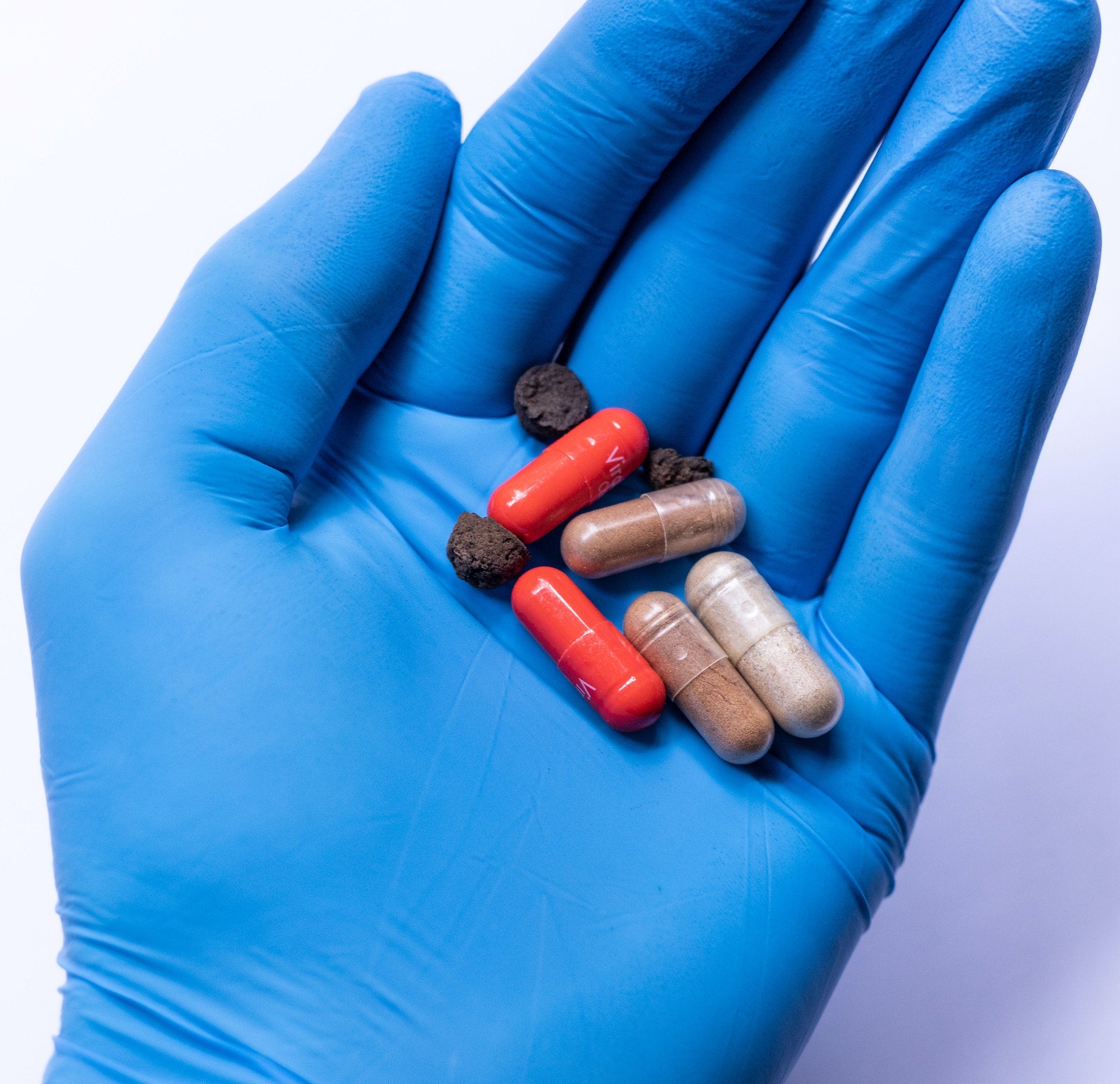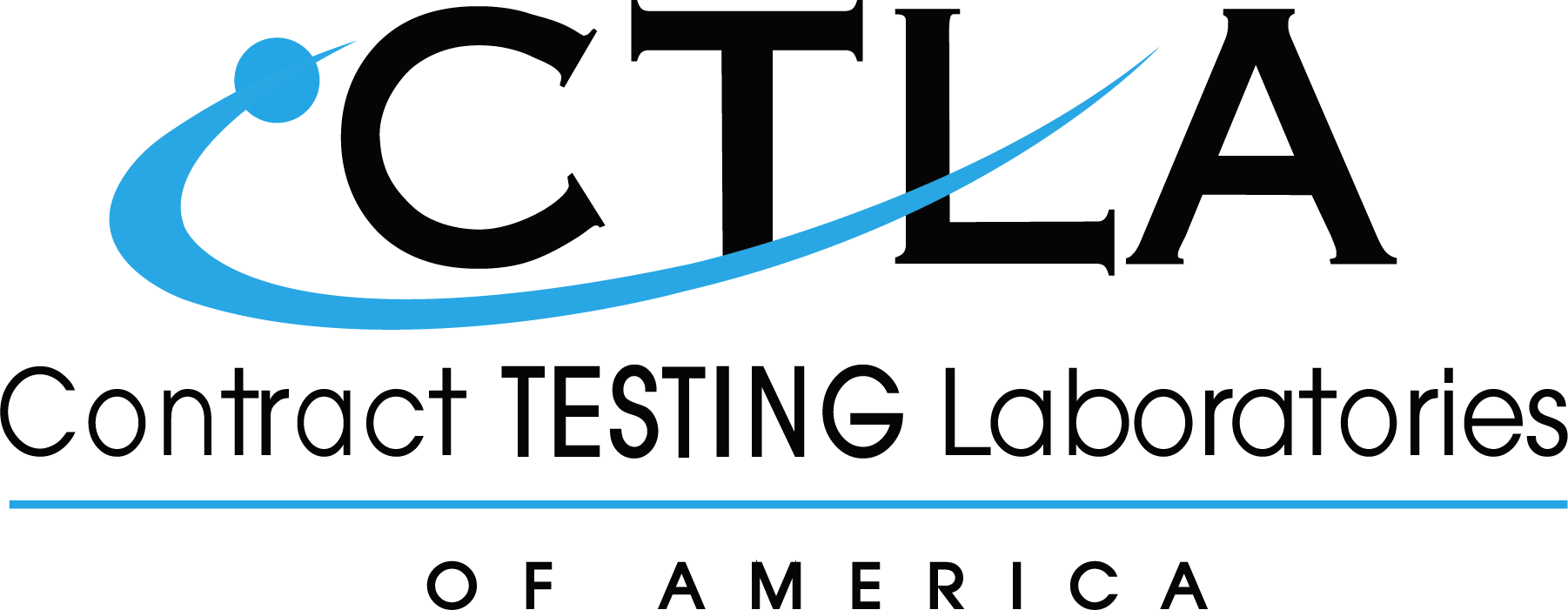
Fourier Transform Infrared Spectroscopy (FTIR)
As the global population becomes better educated, they have more discretionary income for spending. However, hectic lifestyles leave these same people struggling to fill nutritional needs.
With increased understanding and excess money, consumers are empowered to purchase high-quality, natural, and sustainable food products and dietary supplements. Statista reports Millenials and Gen Xers (25-58-year-olds) are increasingly willing to pay more for clean, natural, and organic products.
FDA Requirements
The US Food and Drug Administration (FDA) regulates food products and dietary supplements for public safety and nutritional content. Dietary supplements, in particular, must follow current good manufacturing practices (GMP) to ensure the identity, quality, strength, and composition of the product.
Many raw ingredient suppliers accompany shipped products with documentation of laboratory testing. But, your brand's reputation is on the line. To generate a strong consumer base, third-party testing of individual ingredients proves to consumers the quality of your product’s ingredients.
FTIR Identity Testing
Fourier Transform Infrared Spectroscopy (FTIR) is a quick, proven quality control measure for incoming product supplies. Using infrared light waves, FTIR testing confirms newly received raw material is what it claims to be.
FTIR is not a quantitative analysis method. It is, however, an inexpensive way to determine if a further (more expensive) analysis is warranted by indicating a composition change in a ‘supposedly known’ material.
FTIR can also be used:
- As a first pass to identify and describe organics, inorganics, and polymers in unknown products.
- To determine possible decomposition or oxidization issues in failed food or supplement products.
(When warranted, further analysis by inductively coupled plasma mass spectrometry (ICP-MS) or high-performance liquid chromatography (HPLC) coupled with ultraviolet-visible spectrophotometry (UV-vis) can quantitatively identify sample constituents.)
How FTIR Spectrometers Work
FTIR is the mathematical analysis of a sample’s infrared radiation (IR) absorption through a series of wavelengths. When IR light is directed at a sample it is either reflected, absorbed, or transmitted. For food substances, identity is determined by graphically comparing the absorption intensity (based on what is transmitted through the sample) at a given wavenumber to known reference standards.
The wavenumber (represented by the inverse of the wavelength) for the infrared region runs from 4,000 cm-1 to 400 cm-1. This wide range allows for molecular spectroscopy identification based on the excitement of covalent bonds.
For inorganic or metallic substances, the reflected infrared light bouncing off of the sample provides identifying characteristics.
IR Spectrometers
In the electromagnetic spectrum, the wavelengths visible to the human eye occur between 380 and 700 nanometers(nm). IR light wavelengths are longer, occurring between 700 nm and 1 millimeter. A smaller wavelength has a smaller wavenumber and carries less energy. The IR spectral range has three sections; Near, Mid, and Far.
When the energy of IR light is absorbed, it triggers bond vibrations in specific molecules. When directed through a sample, the energy absorbed in the vibrations is determined by comparing the intensity of the initial wavelength to that detected beyond the sample.
In the early days of IR spectrometry, an IR light source was directed into a diffraction grating that split it into its constituent wavelengths. Each wavelength was then mechanically directed into the sample to measure absorption. In plain IR spectrometry, analysis happened one wavelength at a time.
Fourier Transform to Mathematically Express Wave Signals
In the early 1800s, Jean-Baptist James Fourier used trigonometry to express the transfer of heat waves through a material. He concluded that any wave, no matter how complex, can be mathematically conveyed by summing the sines and cosines of its many constituent waves.
His work on heat waves became the basis for Fourier Transform operations. Fourier Transform uses filters to turn one function of a variable into another one. Fourier Transform is the math used to study waves in motion, including sound waves, earthquake vibrations, digital signals, light frequencies, and more.
Combining IR Spectroscopy with Fourier Transform
Improved electronics and computing power allow scientists to apply Fourier Transform to IR Spectroscopy to:
- Provide faster results.
- Reduce signal noise to improve accuracy.
- Use laser calibration to provide high-caliber wavenumber accuracy.
An FTIR spectrometer uses an interferometer to split the IR light beam and magnify it using a fixed mirror and a moveable mirror. The mirrors then recombine the IR beam and direct it at the sample. With this method, the sample absorption of the entire IR wavelength spectrum is measured at the same time.
FTIR testing automatically adjusts for noise generated by environmental influences (like current carbon dioxide or humidity levels) by taking a reference spectrum without a sample present. The classic FTIR transmission spectrum is determined by dividing the sample spectrum by the reference spectrum.
In addition, using an attenuated total reflectance (ATR) crystal allows direct FTIR testing of liquids and soft solids without additional sample preparation, making FTIR testing quick and cost-effective.
Known Reference Standards
Every molecule has a molecular fingerprint when subject to IR light. For molecular identification, the FTIR spectrum is split into two regions.
- Functional Groups Region (4000-1000 cm-1)
- Fingerprint Region (<1000 cm-1)
For confirmation testing of known materials, the classic FTIR transmission spectrum is compared by computer software to the material’s reference standard. FTIR test results are reported as a percentage match to the reference standard.
For unknown materials, the fingerprint region is too complex to assign specific molecules to given wavenumbers. However, the location of the peaks and the width of the wavenumber absorption bands in the functional region provides quick identification of polar covalent bonds associated with organic molecules.
Put FTIR Analysis to Work for Your Brand with CTLA
FTIR testing provides a cost-effective and versatile method for quick confirmation anaylsis. High-quality products start with high-quality ingredients. Build your product's reputation for clean and exceptional content with FTIR testing from CTLA testing services.
CTLA believes in open, honest communication and quick turnaround times. We are an accredited laboratory operating with ISO/IEC 17025:2017 accreditation from Perry Johnson Laboratories. In addition, we have streamlined processes to meet Amazon’s documentation requirements for dietary supplements.
With CTLA on your team, you benefit from our experience, attention to customer service, and dedicated attention to detail. Contact CTLA today!
Article by Jae O. Haroldsen
The content of CTLA’s website is for information only, not advice or guarantee of outcome. Information is gathered and shared from reputable sources; however, CTLA is not responsible for errors or omissions in reporting or explanation. CTLA gives no assurance or warranty regarding the accuracy, timeliness or applicability of the content.
Sources:
Shahbandeh, M. “Consumer Willingness to Pay a Premium for Natural or Organic Products in the United States in 2018 by Generation.” Statista. 2022. https://www.statista.com/statistics/912204/willingness-pay-premium-natural-organic-generational-us/
Young, Scott et al. “An Interactive Guide to the Fourier Transform.” Better Explained. https://betterexplained.com/articles/an-interactive-guide-to-the-fourier-transform/
“FTIR Basics.” Bruker. 2019. https://www.youtube.com/watch?v=KRoWMB3AR3s
Blakemore, Tammy. “FTIR Pros and Cons for Botanical Testing.” National Products Insider. 2019. https://www.naturalproductsinsider.com/herbs-botanicals/ftir-pros-and-cons-botanical-testing
Bath, Justin. “What Does High Quality Ingredient Testing Look Like?” National Outlook. 2018. https://www.nutritionaloutlook.com/view/what-does-high-quality-ingredient-testing-look
“This Month in Physics History: March 21, 1768: Birth of Jean-Baptiste James Fourier.” APS Physics News. 2010. https://www.aps.org/publications/apsnews/201003/physicshistory.cfm
https://rtilab.com/techniques/ftir-analysis/
“Chapter 13: Infra-Red Spectrometry.” University of Calgary. https://www.chem.ucalgary.ca/courses/351/Carey5th/Ch13/ch13-ir-1.html
Larkin, Peter. “Infrared and Raman Spectroscopy: Instrumentation and Sampling Methods.” Science Direct. 2011. https://www.sciencedirect.com/topics/chemistry/attenuated-total-reflection







